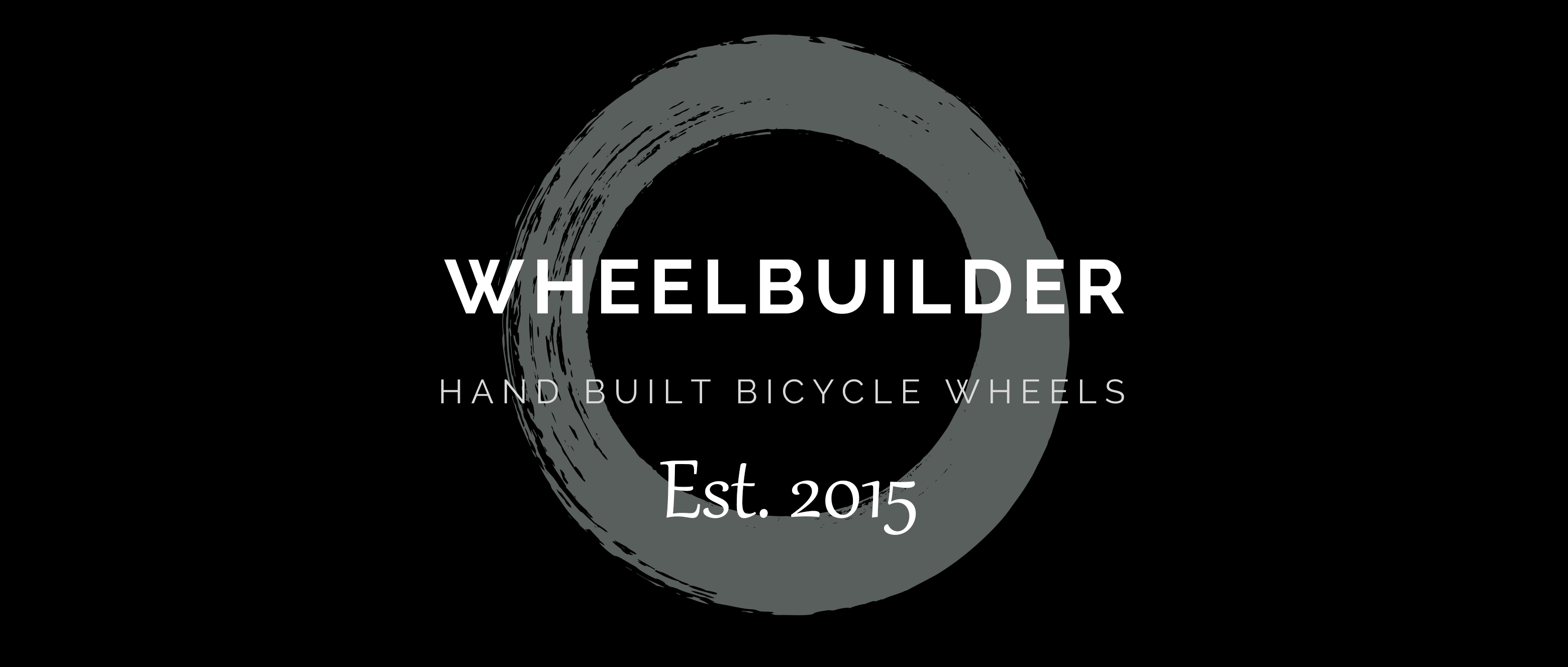There are significant savings to be had, but at what cost?
In this article I’ll explore the pros and cons of buying a set of 2nd hand, used, carbon MTB or road bike wheels. I hope that this will help you make the right decisions when it comes to spending your hard earned cash on your next set of wheels.
Used carbon wheels, depending on their brand, age and condition, can easily be found at prices much lower than new wheels.
That in itself is a good reason to buy them, obviously.
Let’s explore some issues which may have you thinking twice.
Warranty and damage replacement
Most new carbon rims come with either a multi-year (brands like Nextie), or lifetime (brands like Santa Cruz and South Industries), warranty – valid only for the original owner.
Replacing a damaged carbon rim can be a costly exercise – not only the cost of the rim, but also the cost of the rebuild and possibly shipping as well.
Brands like South Industries and Nextie offer 50% off the cost of a new rim, for the original owner, if within the warranty period. A new rim may cost as much as R9000, or more, at full recommended retail price.
Is the cost saving at time of purchase worth the risk of paying full price to replace the rim if damaged?
Possible invisible, pre-existing damage
One of the problems I see with carbon rims, is that you can’t easily notice structural damage. Carbon doesn’t dent and bend like alloy, so latent damage is often imperceptible.
How will you know the history and true condition of the wheels you’re buying, if you haven’t ridden them from new?
It’s not outside the realm of possibility that someone who suspects damage, may sell the wheels as being in perfect condition, rather than go through the process of inspection and replacement.
Factory vs. Hand-built wheels
Wheels that come stock on bikes are very often designed and specified to help the brand hit a certain price point. There’s either a compromise in quality, weight, durability, features or hubs and spokes, to this end.
In contrast, hand-built, custom-made wheels give you the opportunity to decide on each individual component, as well as how the wheels are built, and by whom.
Issues such as spoke lacing pattern, whether or not the spokes are correctly interlaced, spoke and nipple type and materials make a huge difference. Not to mention specifying the right components to suit the rider, the bike and the intended kind of riding.
Ultimately, which wheels you buy, and how much you spend, is your decision. If you have any questions or concerns, or even if you want an opinion on a set of wheels you may like to purchase, I’m happy to share my knowledge and opinion with you – whether you’re buying from me or not.


No responses yet